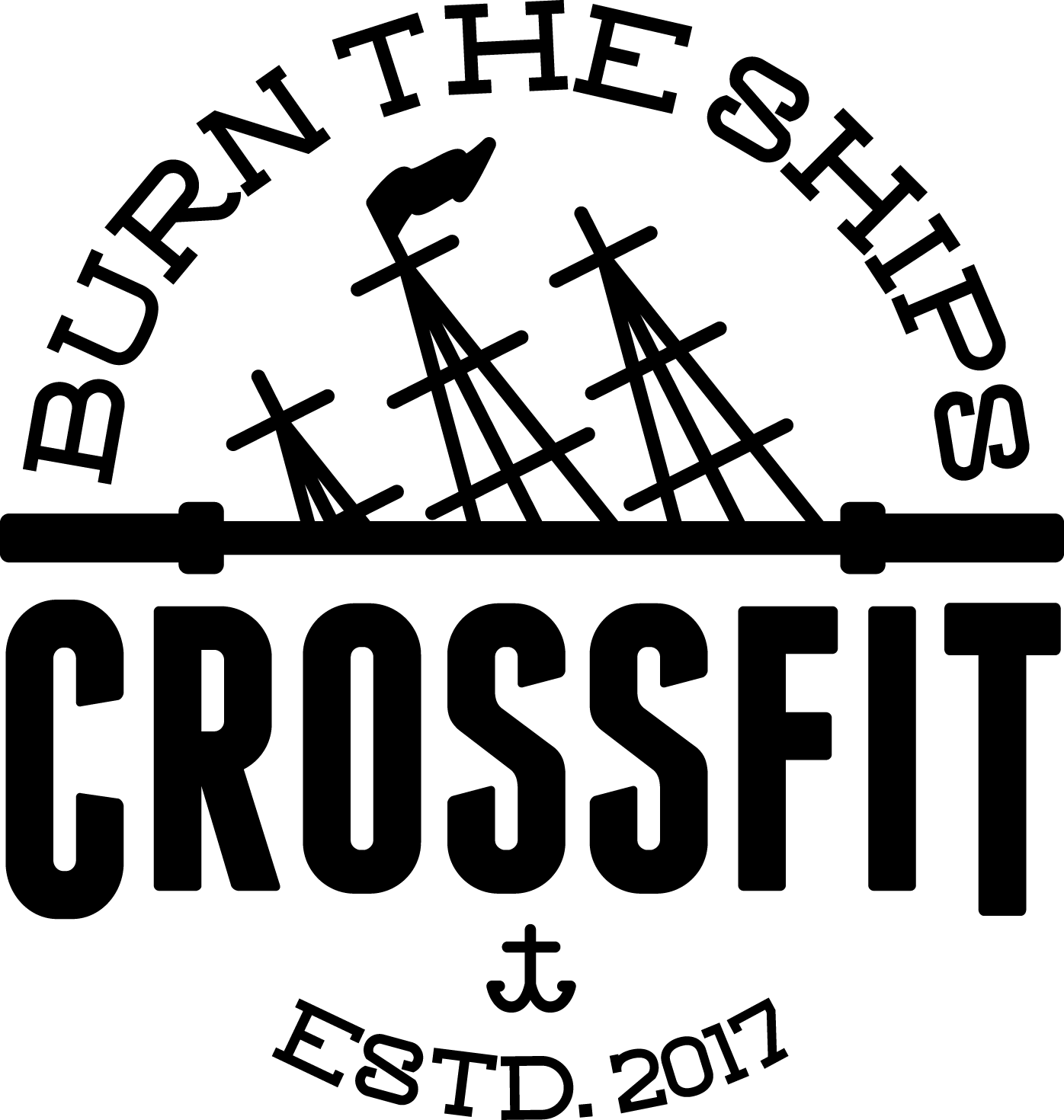Defining Fitness - Part 2
Content Credit: CrossFit Journal
Originally published in October 2002. This article explains the supporting models and concepts for defining fitness, which was formally codified years after this publication. “What Is Fitness? (Part 2),” which follows, contains the definitions of fitness and health.
Continuing our examination of defining fitness, we pick up with the next segment of “What Is Fitness? (Part 1).” If you missed our first part of “Defining Fitness,” you can find it here.
What Is Fitness? by Greg Glassman
CrossFit’s Fourth Fitness Standard: Sickness - Wellness - Fitness Continuum
There is another aspect to CrossFit’s fitness that is of great interest and immense value to us. We have observed that nearly every measurable value of health can be placed on a continuum that ranges from sickness to wellness to fitness. Though tougher to measure, we would even add mental health to this observation. Depression is clearly mitigated by proper diet and exercise.
For example, a blood pressure of 160/95 is pathological, 120/70 is normal or healthy, and 105/55 is consistent with an athlete’s blood pressure; a body fat of 40 percent is pathological, 20 percent is normal or healthy, and 10 percent is fit. We observe a similar ordering for bone density, triglycerides, muscle mass, flexibility, high-density lipoprotein (HDL) or “good cholesterol,” resting heart rate, and dozens of other common measures of health. Many authorities (e.g., Mel Siff, the NSCA) make a clear distinction between health and fitness. Frequently they cite studies that suggest that the fit may not be health protected. A close look at the supporting evidence invariably reveals the studied group is endurance athletes and, we suspect, endurance athletes on a dangerous fad diet (high carbohydrate, low fat, low protein).
Done right, fitness provides a great margin of protection against the ravages of time and disease. Where you find otherwise, examine the fitness protocol, especially diet. Fitness is and should be “super-wellness.” Sickness, wellness, and fitness are measures of the same entity. A fitness regimen that does not support health is not CrossFit.
COMMON GROUND
The motivation for the four models is simply to ensure the broadest and most general fitness possible. Our first model evaluates our efforts against a full range of general physical adaptations; in the second the focus is on breadth and depth of performance; with the third the measure is time, power and consequently energy systems; and the fourth is on health markers. It should be fairly clear that the fitness that CrossFit advocates and develops is deliberately broad, general, and inclusive. Our specialty is not specializing. Combat, survival, many sports, and life reward this kind of fitness and, on average, punish the specialist.

